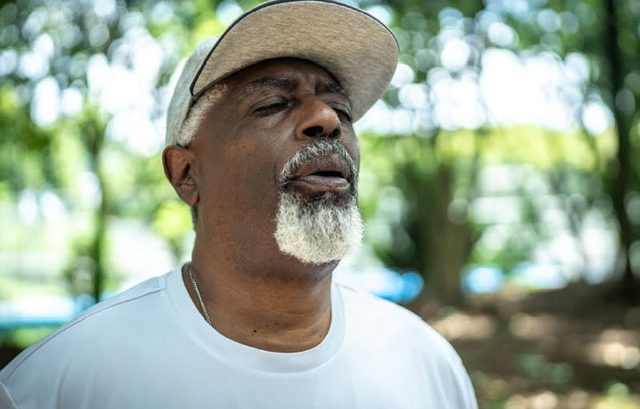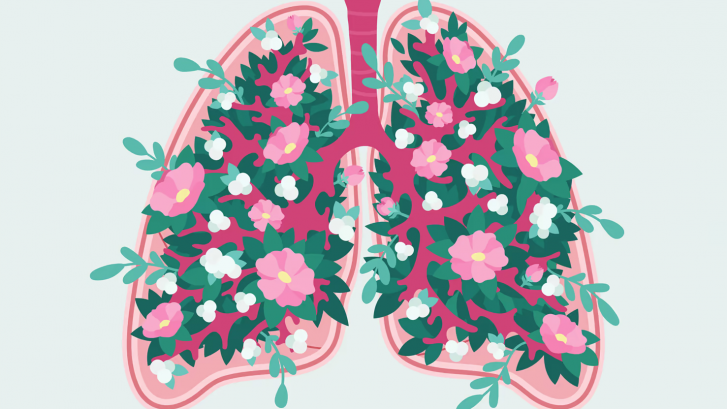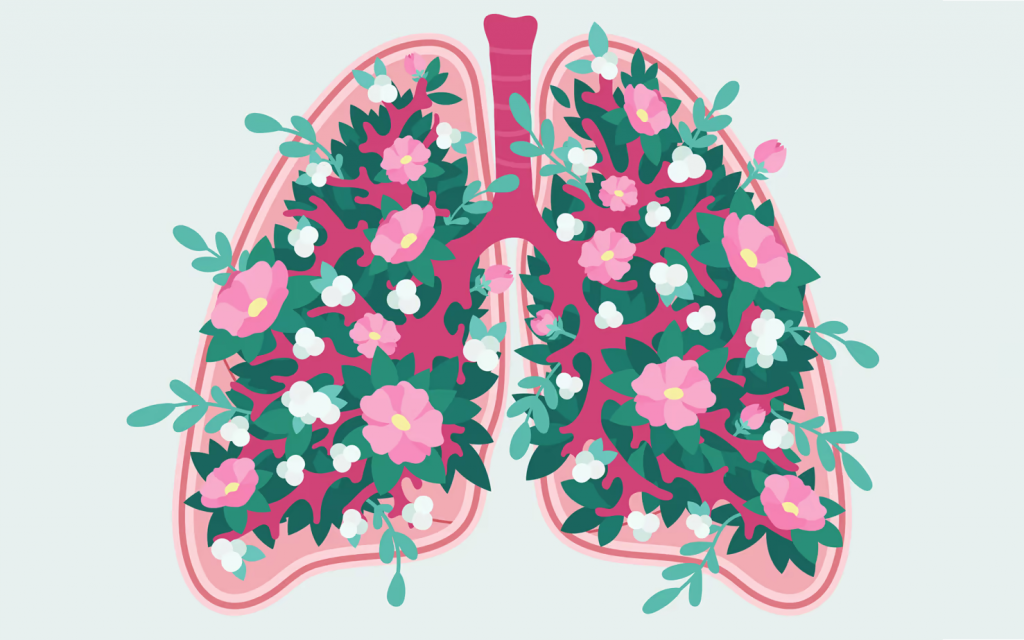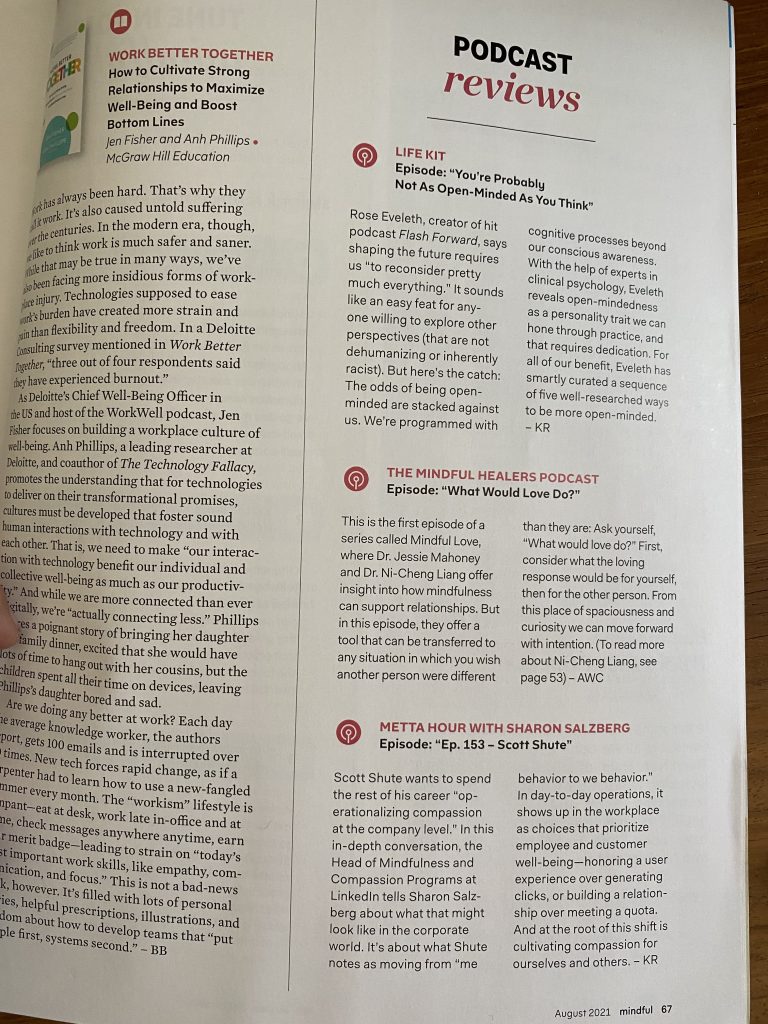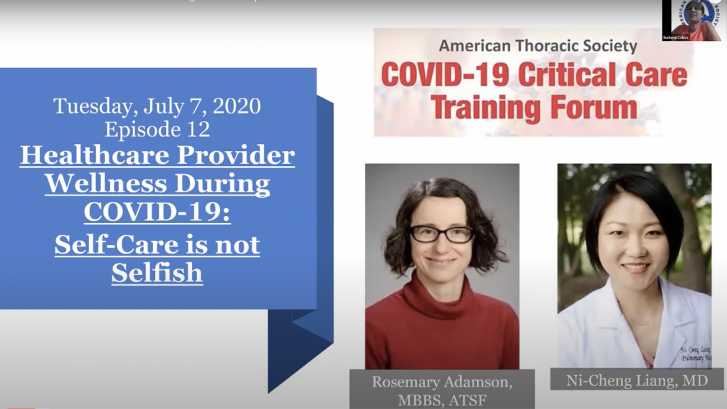It’s not just inspiration – careful breathing can help your health
Odds are, if you are reading this, you know something about breathing. You’re probably doing it right now.
It’s an essential act that requires no thought. But thinking about it can alter your physical and mental health.
That’s because breathing isn’t just about the lungs, said Daniel Craighead, an assistant research professor in the department of integrative physiology at the University of Colorado Boulder. It affects the nervous and cardiovascular systems and more. Changing how much we inhale affects more than just the amount of oxygen we get. “When we breathe, that actually impacts how much blood is ejected from our hearts.”
Breathing happens regardless of whether we pay attention, said Dr. Ni-Cheng Liang, an integrative pulmonologist in private practice in Encinitas, California. “But what’s a bit more miraculous about breathing is that, contrary to a lot of other bodily functions, we can also control our breathing.”
To understand how that can be healthy, it helps to start with knowing how breathing both affects and is affected by the nervous system.
Breathing and heart rate are regulated by the same parts of the brain, and each “talks” to the other to work in sync. When we inhale, our lungs expand, and pressure on the heart and blood vessels changes. That stimulates sensory nerves that, in return, affect how hard we breathe.
When we encounter a threat – such as an attacking tiger or an angry boss – it triggers the “fight or flight” response. “Along with that comes the increase in heart rate, the increase in sweaty palms and the increase in muscle tension,” said Liang, who also is a voluntary assistant professor at the University of California San Diego and a mindfulness teacher. We breathe faster, and blood rushes to the muscles as the body braces for action.
That’s the work of the sympathetic nervous system.
Conversely, when we’re relaxed, we breathe more slowly. Heart rate decreases, blood vessels dilate and more blood flows to the gut to help with digestion. This “rest and digest” response is managed by the parasympathetic nervous system.
Breathing is affected by these systems, but by consciously slowing our breathing we can manipulate them. Research suggests that controlled breathing can trigger the “rest and digest” response by stimulating the vagus nerve, which controls many involuntary functions, including heart rate.
If you take a slow, deep breath to calm down, that’s actually working physiologically by affecting the nervous system, Craighead said. “It’s not just all mental.”
Craighead, a cardiovascular physiologist, led research demonstrating just how much a specific breathing activity can affect one important measure of health: blood pressure.
He and his team measured the effect of inspiratory muscle strength training, or IMST, which involves the use of a handheld device that makes it harder to inhale. In a group of healthy adults, those who practiced high-resistance IMST for 30 breaths a day for six weeks saw their systolic blood pressure – the first number in a reading – drop by 9 millimeters of mercury. A control group that had sham training with low breathing resistance saw no improvement, according to the results published in 2021 in the Journal of the American Heart Association.
Other research has shown that deep breathing can improve blood glucose in healthy people. Breathing exercises also have been shown to bolster mental health by lowering stress and reducing feelings of anxiety and depression. Just learning to manage stress has its own health benefits.
Controlled breathing is also a well-established tool for pain control, Liang said. Pain, for most people, is perceived as a threat. “It’s something that stresses our body out,” she said. Mindfulness and breathing have been shown to help decrease pain, she said, by calming the sympathetic nervous system and encouraging the parasympathetic.
There are limits to what controlled breathing can do, Liang said. For example, deep breathing may not provide as much relief for severe pain resulting from a traumatic chest injury or a blood clot in the lungs. And controlled breathing cannot cure severe depression or anxiety or treat serious psychological problems, although applying mindfulness and deep breathing may help with symptoms.
And, Craighead said, the type of breathing he studied can’t replace a full workout. “I definitely wouldn’t replace aerobic exercise with IMST,” he said. “Aerobic exercise has lots of other health benefits that we haven’t seen” in breathing research, such as helping to control weight and cholesterol levels.
But Craighead, a marathoner, has incorporated resisted breathing into his routine. Resistance is measured in centimeters of water; look for a device that provides at least 150, he said, but check with a doctor first.
Liang regularly recommends controlled breathing to her patients. Four well-known approaches, which she said are rooted in Indian traditions of pranayama, or yogic breathing, are:
4-7-8 breathing
Inhale through your nose for four counts, hold for seven counts, and exhale through your mouth for eight.
“This can be used by anyone who doesn’t have chronic lung disease in circumstances of heightened stress, anxiety, or where you feel like you’re not able to wind down at the end of your day or have some trouble falling asleep,” Liang said. Making the exhale longer than the inhale helps to activate the vagus nerve and bring on the parasympathetic nervous system, she said.
Pursed-lip breathing
Inhale, then exhale through your mouth through pursed lips, as if you’re blowing out birthday candles, two to four times longer than your inhale. This works for anyone who has trouble holding their breath, such as people with chronic lung disease.
Pursing your lips creates pressure that opens the airways a bit, Liang said, and the long exhale helps get rid of unexchanged gas in the lungs and makes room for more fresh air.
Box breathing
Inhale through the nose for four counts, hold your breath for four more, exhale for four, then hold for four. “When you breath-hold, that increases your carbon dioxide level temporarily. And when you increase your carbon dioxide level in your bloodstream, that decreases your heart rate. And so it helps to bring on that parasympathetic physiology online as well.”
Liang recommends box breathing for people who “need to remain focused and alert, yet calm at the same time. For instance, before taking a big test or before speaking to a large audience.”
Diaphragmatic breathing
Place both hands on your abdomen, inhale through the nose, letting the abdomen balloon out, and exhale through your mouth. Liang said that the focus on the abdomen and hands makes this approach helpful for people who get anxious if they have to focus too much on their airflow.
Anyone with a medical condition related to the heart or lungs or who has a mental health condition should check with a health care professional before trying any method, Liang said.
“I don’t recommend people to do these breathing practices more than three to five breath cycles at a time, especially if they’re just starting out,” she said. Beginners might find that exhaling too much carbon dioxide can make them dizzy. “So be cautious about the dosage.”
But she also encouraged people to embrace the wonder that comes with the power of breath.
“The body works in a very miraculous way,” Liang said. “And there’s a lot of science behind it. And the way that we’re wired, and the way that all of our organ systems are interconnected is pretty remarkable.”
Article at Heart.org:

